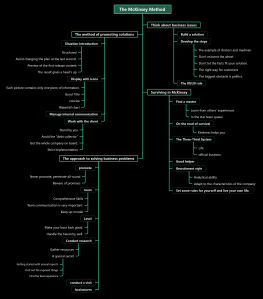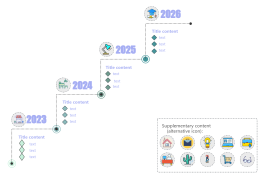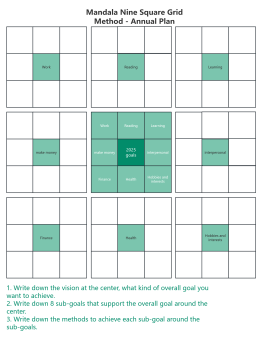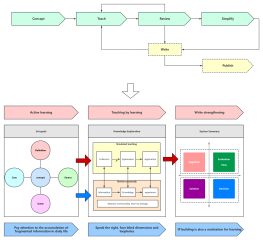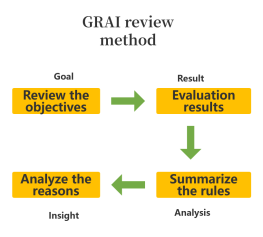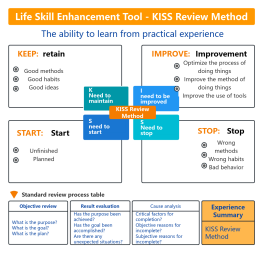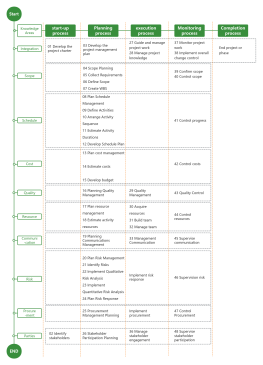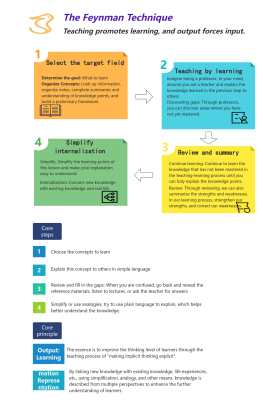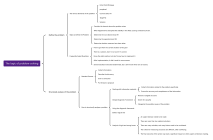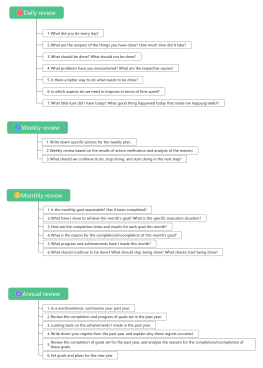Five-step problem solving method
2024-09-09 10:03:02 0 Report
Login to view full content
Other creations by the author
Outline/Content
Expand
Discuss the subtle differences in the problem comprehensively.
brainstorm
Check
Dig deep and peel layer by layer
Surface event: What happened?
Behavior pattern: How customers, employees, and other stakeholders respond
Potential system structure: processes, specifications, and strategies, which structural forces are at play
Mental model: How our values, beliefs, and assumptions reinforce potential problems
empathy
Focus on stakeholders
Directly related
Indirectly related
What they say: What do they say?
What do stakeholders think?
What do they feel?
What are they doing?
improve
How does the issue relate to broader organizational issues?
Four Perspectives
The coordination and consistency of activities
Human Resources: Interpersonal Relationships, Morale
Political Arts: Dynamic of Power, Competition of Interests, and Alliances
Symbolism: Group Identity and Culture
Looking forward
Transitioning from problem restructuring to positive imagining and designing solutions
backward planning
Clarify the expected goals
Reverse design is the path to the project goal.
Monitor the progress towards achieving the goal, and be prepared to adjust the plan based on the results, feedback, or changing circumstances.
Long-term strategy: 9-12 months/longer
Short-term measures: 4-8 months
Take immediate action: 0-3 months
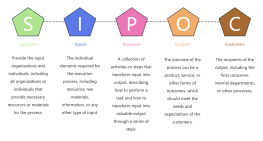
Collect
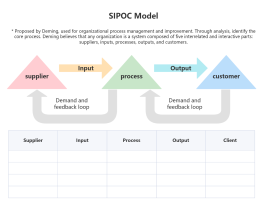
Collect
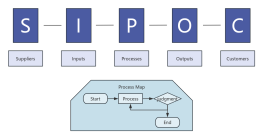
Collect
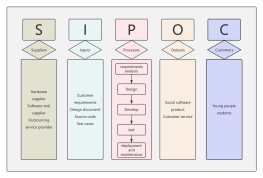
Collect
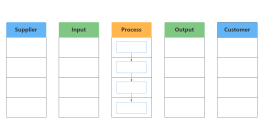
Collect

0 Comments
Next page
Recommended for you
More
